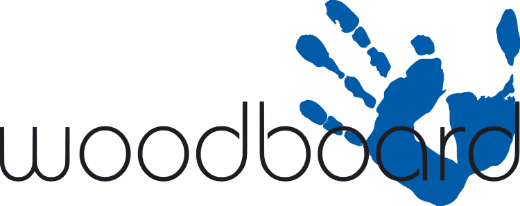BIG SMILE
The ultimate target in the development and construction of a kiteboard is to provide the user a sport equipment that is adapted for the rider’s skill and style. A beginner needs a completely different kiteboard than an experienced freestyler.
Therefore it is essential to have a clear classification of characteristics. Woodboard divides the kiteboard range in the following categories:
- Beginner
- Freeride
- Freestyle / Wakestyle
- Big Air
- Strapless Wave
- Strapless Freestyle
With knowhow, experience and feedback provided by the team riders the designing engineer knows exactly which features and characteristics are necessary for each category.
Ultimately, all this work is done to satisfy the rider’s demands on a kiteboard. Woodboard not only wants to fulfil those demands. We want to get ahead of these needs to generate a “big smile on the rider’s face”.
This is only possible with years of experience in board shaping and a solid background in engineering.
SCRIBBLE
Every new shape starts with a hand drawn scribble. The designing engineer drafts his vision on a piece of paper. With his personal knowhow as well as the team riders’ information, all the basic characteristics of the boards are already shown in the scribble.
DIGITAL PROTOTYPE
Next step is to build a digital prototype with a full 3D construction software. That way it is possible to calculate and simulate different materials, flexural behaviour, torsional stiffness and impulse response. If the result is coherent, the digital prototype is ready for the next step.
HYDRODYNAMIC DETAILS
It took a couple of years to collect enough data, but now Woodboard is able to simulate nearly every riding situation with a software. Gliding, takeoff and landing will be simulated repeatedly until we achieve the perfect outline, flex, channel and fin positon. Every new kiteboard contributes a lot of new data to our simulation software. That way, the simulations continuously become more accurate.
CONSTRUCTION
When the digital prototype is finished and optimized it includes all necessary details for production like outline, surface geometry, channels, rail, material, thickness, resilience and flexibility.
The mould for the core, the outline and the shape of the finished board are derived by the constructional drawing.
THE MOULD
The constructional drawing provides the reference to shape the aluminium mould of the board. It consists of an upper and a lower part. Together it forms an airtight room which will later become the shape of the finished kiteboard.
THE PROCESS OF PRESSING
In this mould all components are pressed with glue for 15 minutes at 60°C and with 60 tons of pressing force. Before opening the press, the kiteboard needs to be cooled down to room temperature to prevent uncontrolled deflection. The tips would cool down much faster than the core area which can result in an unwanted outcome. This process needs a lot of experience and, in the end, plays a significant role regarding the quality of the product.
THE FINISHED PRODUCT
At the end we get a sport equipment that depends on the know how and quality awareness of all workers involved in the process. Engineers, material supplieres and manufacturers create the finest rides and a lot of fun.





